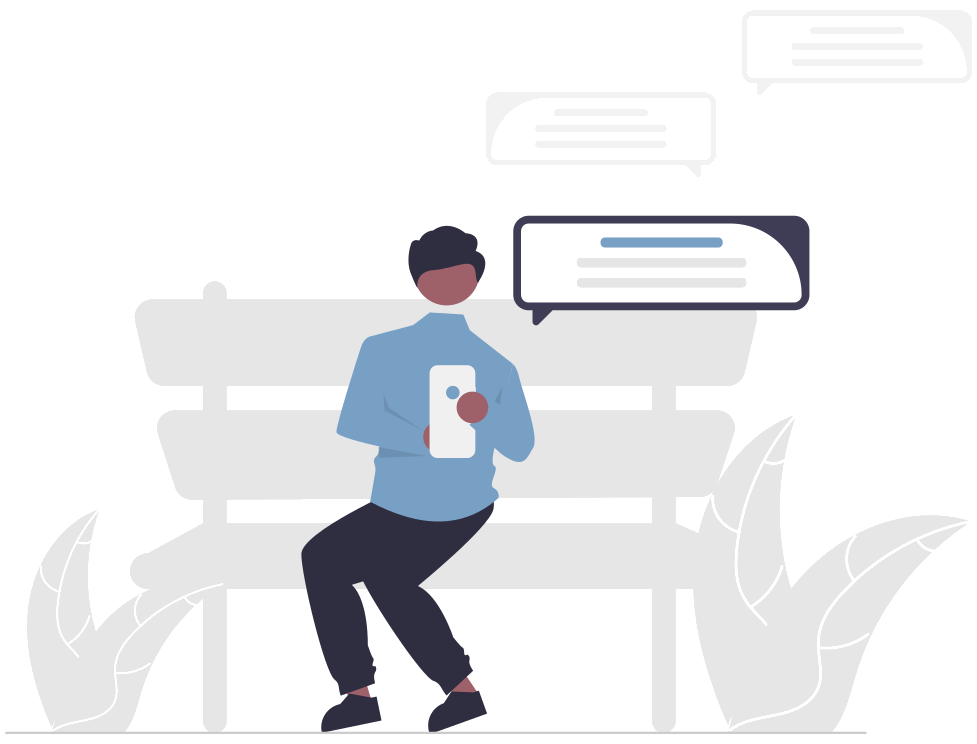Anxieties, everyone has them. One more than others. Sometimes, anxiety can influence our life in such a way, that daily activities like grocery shopping are no longer possible. But why is it so that some people have more anxieties than others and when do we call them pathological? This means that a disorder is present. In this article we will describe symptoms of anxieties, and explain different parameters which you can use to check if your anxiety is pathological or not. Also, we describe causes of anxieties and what you can do about your anxieties. How can you deal with these anxieties? This article helps you to answer this question.
Anxieties: symptoms and causes
In many cases, anxieties develop after we link a certain situation to a trauma/stressful event. It can also, however, be so that you learned your anxieties. This means that you, for example, saw your parents be afraid of spiders. If your parents react to spiders in an over-the-top way, it can be so that you also become scared of spiders. There are different possible causes of anxieties, which are different for everyone. While there are many different causes, anxieties generally express themselves in the same way. When we are confronted with something which causes anxiety, we start to sweat, our pupils dilate, you often are frozen in one stop and start breathing in a shallow way. Sometimes it can be so that this causes your brain to get too little oxygen, leading you to faint or even hyperventilation. If you experience anxieties you will often have the feeling that they are unreal, that you do not have any control over yourself and that you are looking as an outsider at what it is that is happening to your body. After a while, most people will even become anxious about having to experience these symptoms. This is what we call a fear of fear. When do we consider something to be a pathological anxiety? To make it easy, we say that anxiety is pathological when it stops you from performing daily tasks which you used to do without a problem in the past. The parameters follow complicated psychological manuals and are different for each anxiety disorder according to those. Often they say that you need 5 or 6 out of 9 of the symptoms of a certain anxiety disorder in order to consider the anxiety disorder to be present.
Anxieties: treatment of anxiety disorders or anxieties
15 Minutes 4 Me developed an online self-help program which guides you in the treatment of your anxieties. It gives you more information regarding how anxieties develop and how you can personally deal with your anxieties. It has the goal to reduce your anxieties, as well as to teach you new habits which you can use in the past, so that chances of your anxieties returning are decreased.
Anxieties: take the anxiety test
Would you like to know to what extent anxiety influences your life or whether you experience anxiety? Then take the free online anxiety test!















